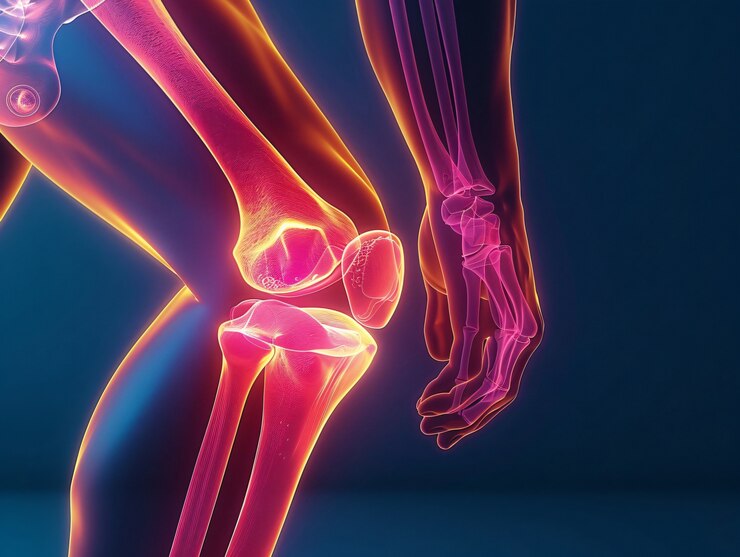WHEN TO SEE DOCTOR
Monitoring Symptoms
Patients with RA should keep track of their symptoms and report any changes to their doctors. Timely reporting helps health professionals plan treatment adjustments better and deal with disease more efficiently.
Smooth bisque topped with river prawn
Conclusion
Early recognition of symptoms characterizing rheumatoid arthritis is important for its management. When any symptom appears in your body, you should go for a thorough check-up by a medical professional so that they can determine the right course of action.


